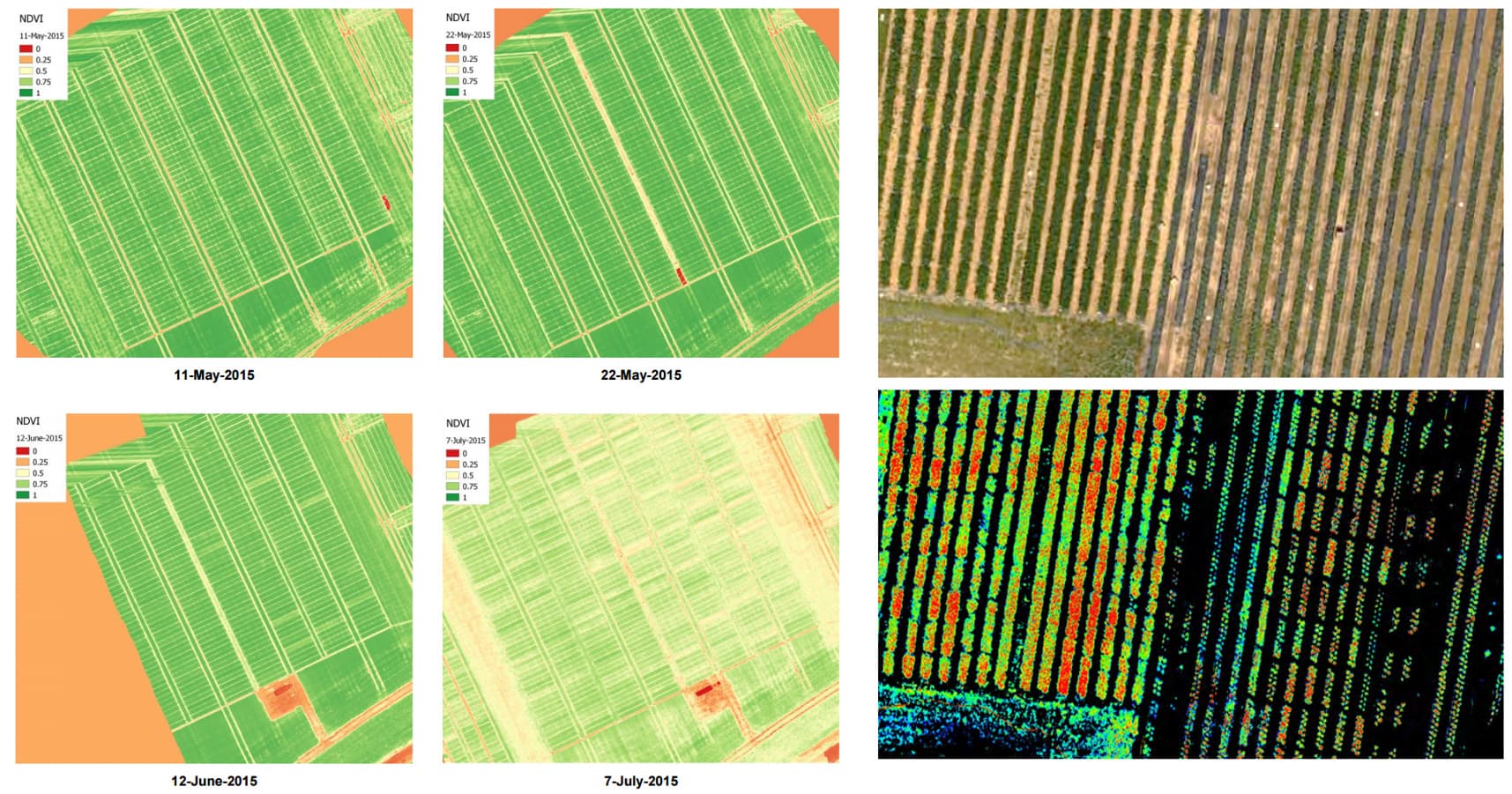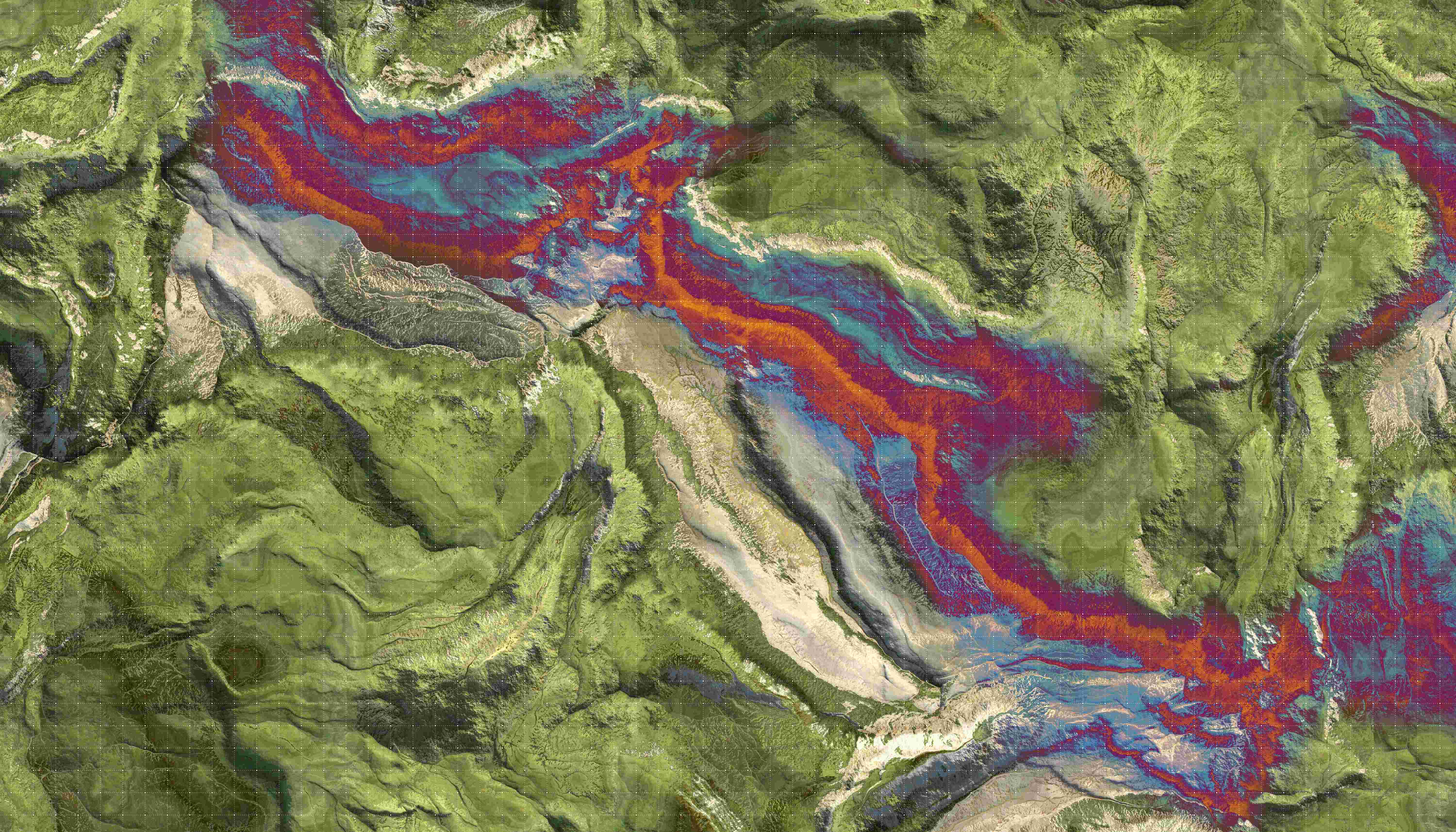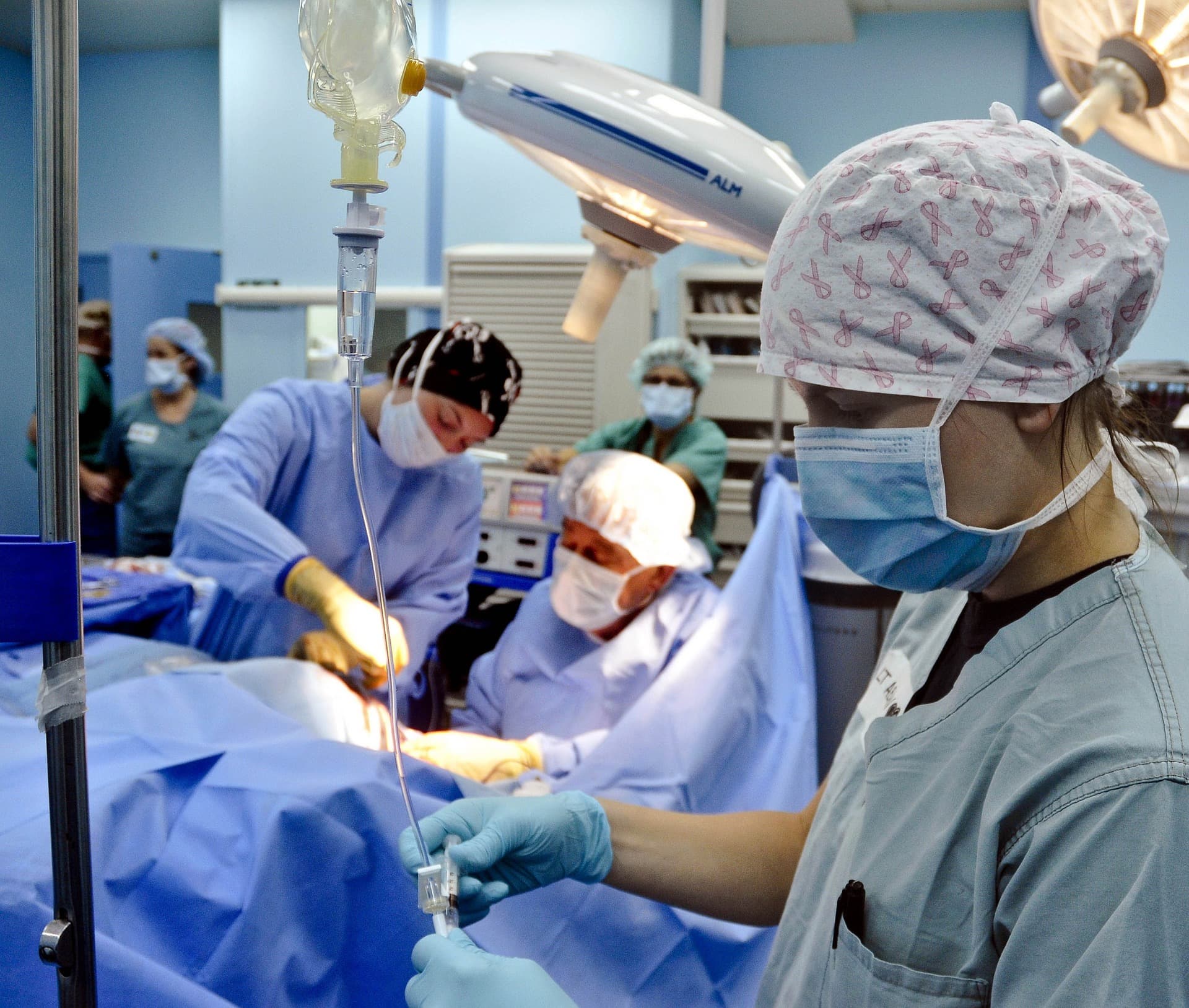
Hyperspectral imaging for agriculture
From visible to SWIR, and beyond
With hyperspectral cameras, farmers, growers and researchers can uncover a wealth of information. And harvesting that hyperspectral data is easier than ever.
Droughts, land shortages, environmental concerns, ... There are many reasons why farmers are looking for intelligent ways to increase the yield and efficiency of their production.
A lot of them turn to precision farming: optimally controlling the growth process, mostly by using advanced technologies. One of those technologies is hyperspectral imaging.
What’s the value of hyperspectral imaging for agriculture? It leverages the fact that subtle differences in plants or soils – imperceptible to the naked eye – lead to different spectral signatures. And those can be picked up by a hyperspectral camera.
By inspecting their crops with hyperspectral cameras, farmers can detect things like:
- early symptoms of diseases
- water stress
- soil quality
Based on those data, they are then able to adopt the precision farming approach: a more targeted use of irrigation, fertilizer, pesticides, et cetera.

Hyperspectral aerial images of strawberry test fields in Belgium – Courtesy of VITO and pcfruit.
Using hyperspectral imaging for agriculture comes with challenges
There are two ways in which you can use hyperspectral imaging to collect high-resolution data for agricultural purposes:
- close to the vegetation – by mounting the hyperspectral camera on a robot or farm vehicle
- from a height – by using a hyperspectral UAV (unmanned aerial vehicle)
In both cases, you cannot avoid movement – due to vibrations, wind, etc. – from one shot to the next. With the standard linescan (push-broom) hyperspectral cameras, this results in a slow and frustrating hyperspectral imaging process.
This also drives up the cost. On top of the extra man-hours, you need to combine the hyperspectral cameras with expensive equipment such as a GPS and IMU (inertial measurement unit).
Scanning crops in real time
How can we increase the cost-efficiency of hyperspectral imaging for agriculture? The answer lies in the use of hyperspectral snapshot cameras. Contrary to linescan cameras, they enable real-time video hyperspectral imaging. That simplifies and speeds up the scanning process.
Watch this webinar to learn more about the data-processing pipeline in imec's hyperspectral software, which enables you to acquire reliable spectral images and videos in real-life circumstances.
A UAV with imec’s hyperspectral snapshot camera:
- takes hours instead of weeks – because in a snapshot approach fewer trials are needed
- needs a minimal crew to set up and control the flight
- enables to cover larger areas – because of the low weight of the payload, and the absence of additional UAV hardware
The bottom line? Researchers spend less time acquiring the data. Which leaves more time for analyzing it!

Prototype of imaging system carrying two hyperspectral imaging cameras (from visible, to NIR or even SWIR range) with embedded computing platform and Skyport connectivity for seamless acquisition and processing of hyperspectral imaging data in real time.
Use SNAPSHOT hyperspectral imaging for agricultural applications
As a world-leading R&D hub for nano and digital technologies, imec can pattern hyperspectral filters at pixel level – enabling real-time hyperspectral imaging.
Our SNAPSHOT cameras are complete, ready-to-use hyperspectral camera systems based on this technology. They include the HSI MOSAIC software to acquire and analyze the data cubes.
Explore our evaluation systems
Of course, as we cover the complete manufacturing process from image sensors to systems, we can also support the development of your tailored hyperspectral imaging system.
Watch the video
Contact our business development team.











